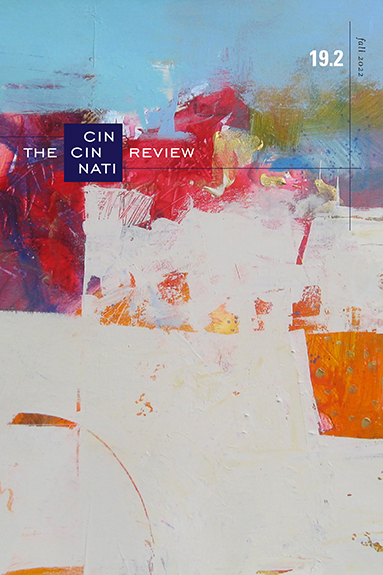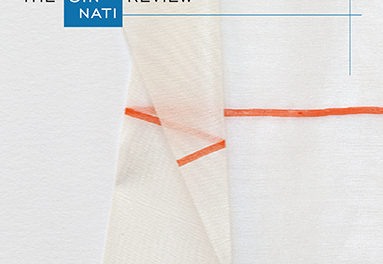- The chair was designed to withstand knocks and blows, the biting waters of the sea.
- It’s known as the 1006 Navy Chair, first built by Emeco, the Electric Machine and Equipment Company, in collaboration with Alcoa, the Aluminum Company of America.
- Commissioned in 1944 by the US Navy to be used on military vessels, the chair is light enough to lift with the tip of one finger.
- It is made entirely of salvaged aluminum, its surface faintly reflective. Despite its appealing design, even what I would call beauty, the chair’s first obligation is to endure.
- Estimated to last 150 years, this chair will outlive me.
- When I used to visit my husband, Jeremy, onboard a destroyer or cruiser, I saw the Emeco chair in offices, staterooms, and mess decks, seemingly ageless and impervious to rough handling. I liked its chilly gleaming. The brushed finish looked almost soft, yet I knew the recycled metal to be nearly indestructible. One day, I told myself, I would position six of these same chairs in our dining room, the metal an appealing contrast to the pale wood of our table.
- In those early days of marriage, I often pulled my military-dependent ID card from my wallet to study there my husband’s rank and pay grade, his Department of Defense ID number. In the top left corner was a tiny facsimile of the Great Seal of the United States and, alongside the eagle’s claw full of arrows, an almost illegible photograph of my face.
- Dependent, from the Latin “to hang from, hang down,” as if I were one of those tags that swung from a metal chain around my husband’s neck. I had no rank or pay grade of my own. On my ID card, only the blurred image of my face belonged to me. The rest was my husband’s information.
- Who was this man in service khakis I loved?
- And who was I who loved him?
- The silhouette of the 1006 Navy is reduced to the essence of chair: a straight back supported by three vertical slats meeting at a crossbar, a square seat gently contoured, four narrow legs joined by spindles, nothing extraneous or decorative.
- If the chair were wood rather than metal, such a piece might be found in an old farmhouse in Virginia, almost early American in its profile, cut from simple tools, its sheen the result of many hands having touched it over decades, pulling it back from the table, wiping crumbs from it, rubbing its edges in a moment of thought.
- In fact, Emeco now sells a wood version of the 1006 Navy. In a choice of walnut or oak, it is nearly five pounds heavier than the aluminum model.
- Eames Demetrios, the grandson of renowned designers Charles and Ray Eames, once shot a short film about the 1006 Navy Chair.
- In the film, 77 Steps, there are close-ups of sheets of metal cut into ever smaller strips.
- Metal bent at keen angles. Metal welded to metal. Metal ground and clanking, clicking against itself, submerged in a salt bath, heated, metal brushed to the sheen of a foggy mirror. Metal anodized to an almost-diamond hardness.
- At the end of the three-minute movie, each chair—having been constructed in a process with seventy-seven distinct steps—is wrapped up and sealed in a sturdy box, shipped off, no doubt to a big-city restaurant or hotel, this object having become in the past twenty years a symbol not of war but of upscale design.
. . .











